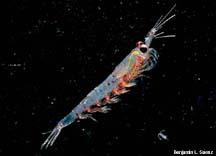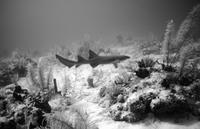Right Wales given a century till extinction
 Despite good calving years, Scott Kraus senior scientist at the New England Aquarium, said there are still more right whales dying than being born every year. Without changes in the management of shipping and fishing industries, Kraus said, the right whale will face extinction in the next 100 years.
Despite good calving years, Scott Kraus senior scientist at the New England Aquarium, said there are still more right whales dying than being born every year. Without changes in the management of shipping and fishing industries, Kraus said, the right whale will face extinction in the next 100 years.An Environmental News Service article reported scientists estimate less than 350 North Atlantic right whales exist today. The whales become easy victims to ship strikes and fishing gear entanglement......these account for half of all recorded deaths of the right whales.
Because mandatory ship location reporting, aerial survey efforts and mariner education fail at reducing ship strike mortalities, scientists are calling for migratory corridors and changes in the operation of ships within right whale habitats.

















